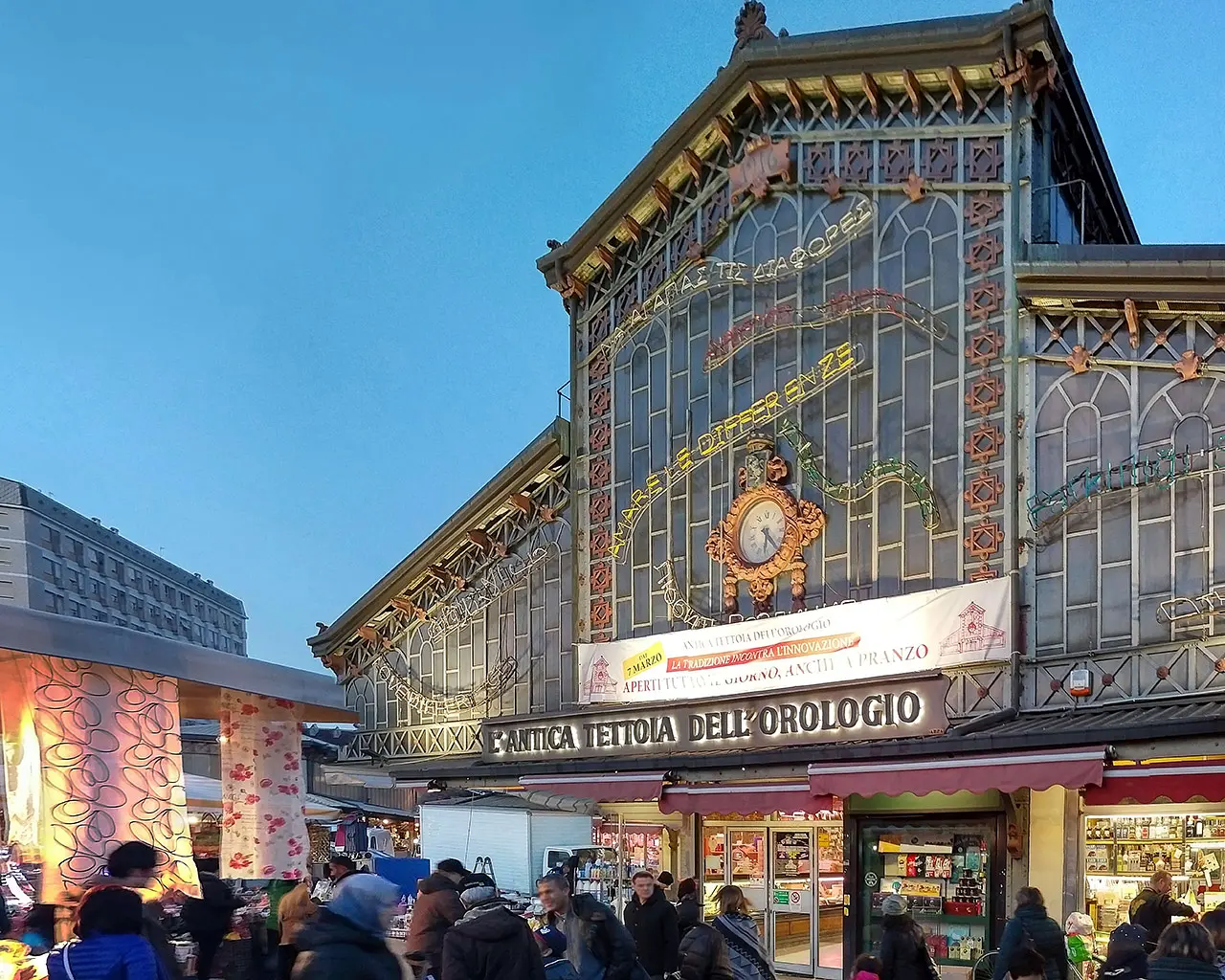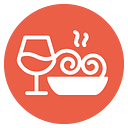SHARRYLAND


Porta Palazzo markets: voices and flavors at 360 degrees
From the historic Clock Canopy to the contemporary Central Market.


Where is

What it is and where it is
Porta Palazzo is the name by which Piazza della Repubblica is popularly called because of the monumental arch that until the early 19th century marked the road out of the city to Milan. Subsequent urban redevelopment of the area led to the creation of a large connecting space between the center and the suburbs. Designed in the shape of an octagon, the square has over time taken on a distinctly commercial connotation, especially in terms of food: a large open-air market, now considered the largest in Europe and certainly among the most scenic.
Why it is special
The four sectors of the square are marked by as many constructions: on the inner side, the Fish Market and the Food Market, mirror constructions dating back to 1836; on the outer side, the unmistakable Tettoia dell'Orologio, an iron and glass structure dating back to 1816, now used as a meat market, and the brand new Mercato Centrale, inaugurated in 2011 designed by architect Massimiliano Fuksas, intended mostly for catering. All in all, from first light to midnight, an exciting food and wine district that holds true to Turin's reputation as the capital of taste.
Don't miss
Morning is the time for the colorful fruit and vegetable stalls that occupy almost the entire surface of the square. Then, when noon beats, it is the street food places that take over the scene. There are a bit of them everywhere, but the greatest concentration is at the Mercato Nuovo, conceived like a covered square with dozens of stores all around, of which it is hard to summarize: from Piedmont to Sicily, from hamburgers to truffles, from fried food to spit, from wine bar to beer garden, from chocolate to coffee. Hinting only at the schedule of themed events held on the second panoramic floor.
A bit of history
Turin is a city that, due to its prolonged rank as capital city, has always held an important gastronomic tradition. In recent years, however, the breakthrough that elevated it to an absolute reference point in the sector was the first International Salone del Gusto, held in 1996 under the banner of Slow Food, the food resistance movement started ten years earlier by the Piedmontese Carlo Petrini, to be exact. Since then, Turin has been constantly at the center of contemporary thinking on food, and what is being experienced today in Porta Palazzo is also proof of this.
Curiosity
The social transformations of the second half of the twentieth century have made Porta Palazzo a multiethnic neighborhood with dozens of businesses offering the typical food and catering from their respective communities: African, Asian and whatnot. It is such an integrated presence in the city's life that it has become one of its many tourist attractions: an ethnic cuisine district that so far has no equal in Italy.
Enter the Map of Italy's Undiscovered Wonders and find treasures where you least expect it... Inspire, Recommend, Share...
Collections
The Map thanks:
Enter the Map of Italy's Undiscovered Wonders and find treasures where you least expect it... Inspire, Recommend, Share...
Where is

Collections

